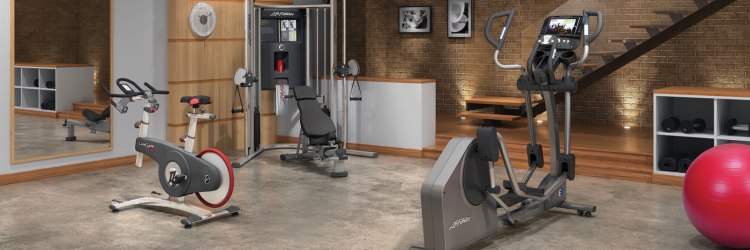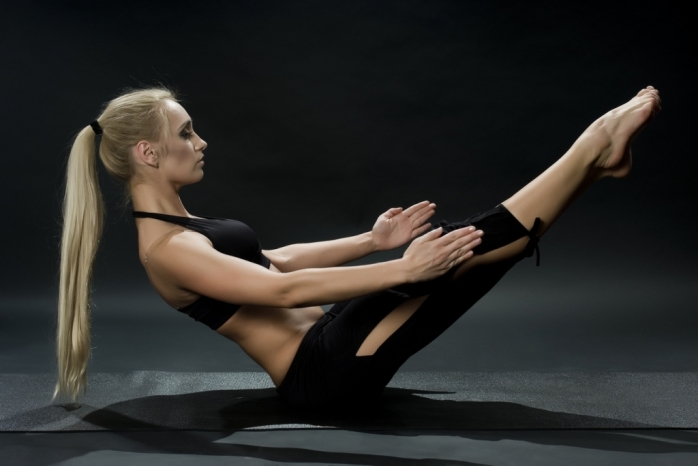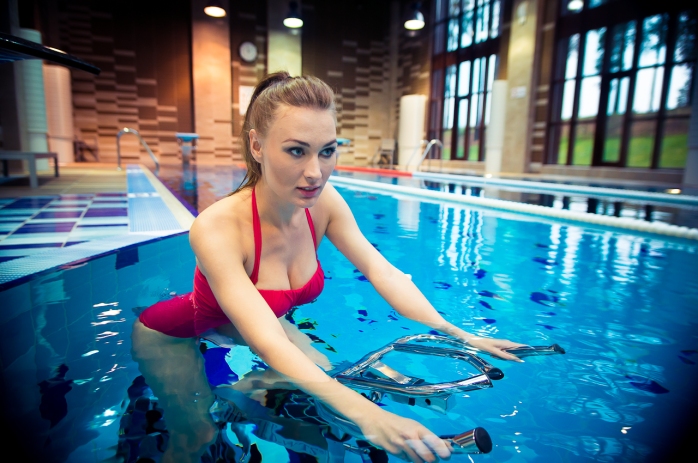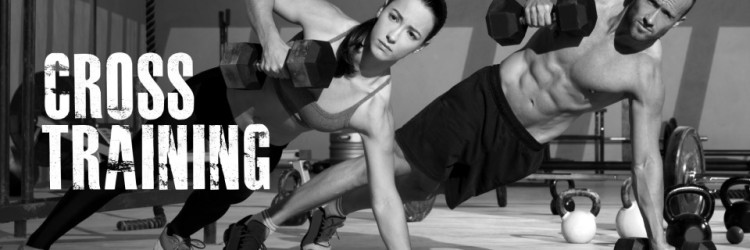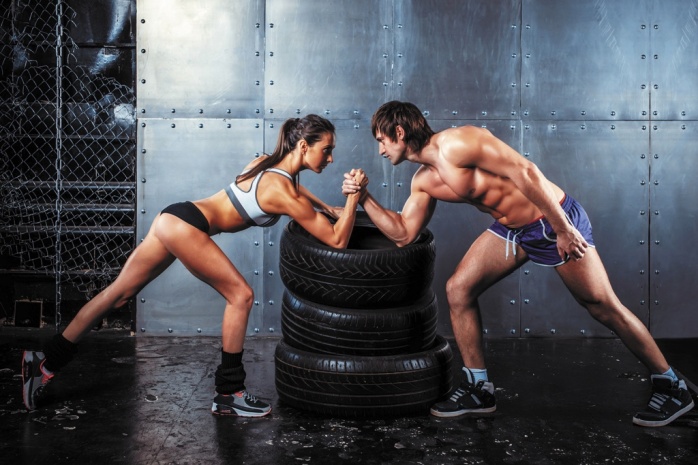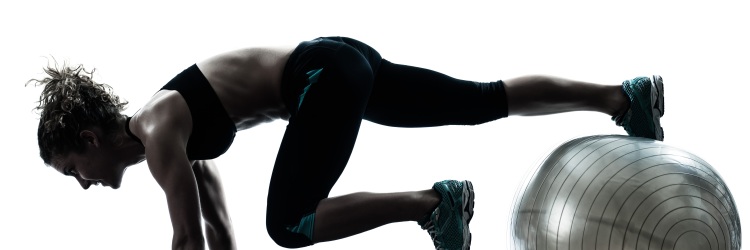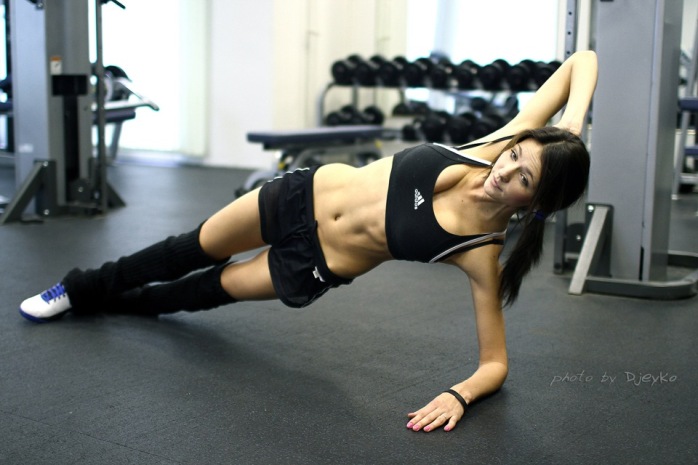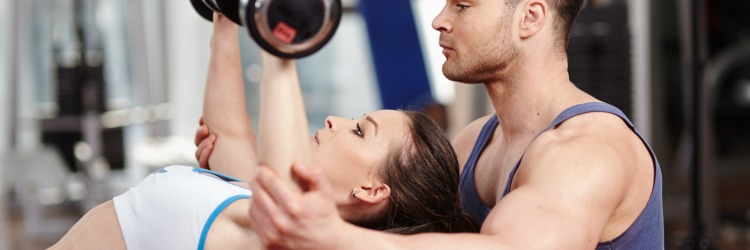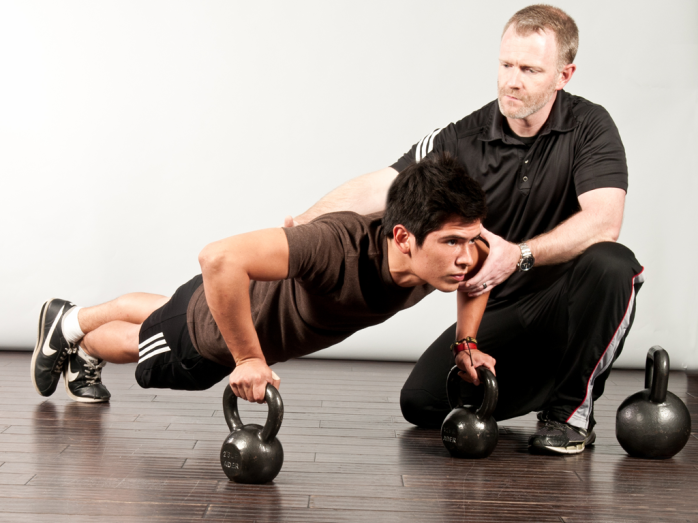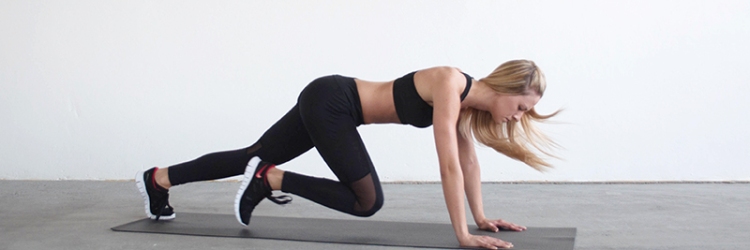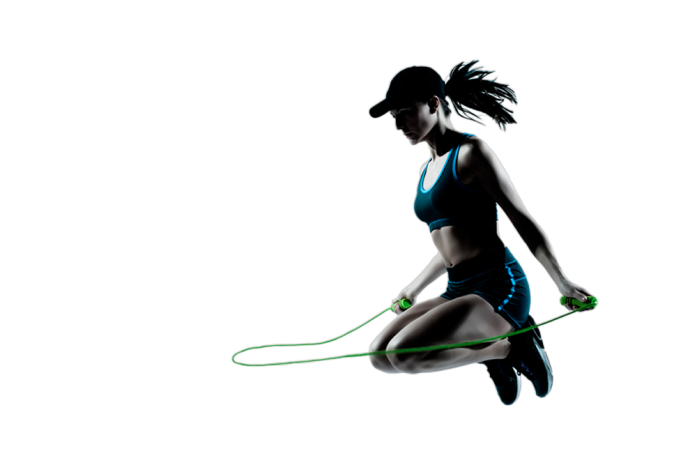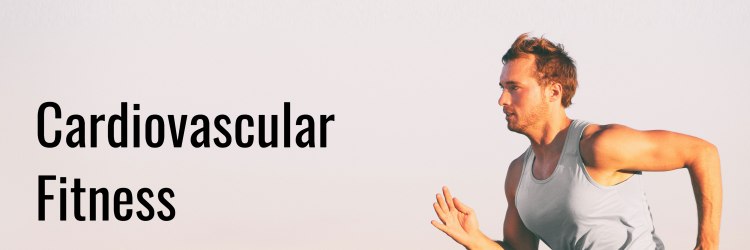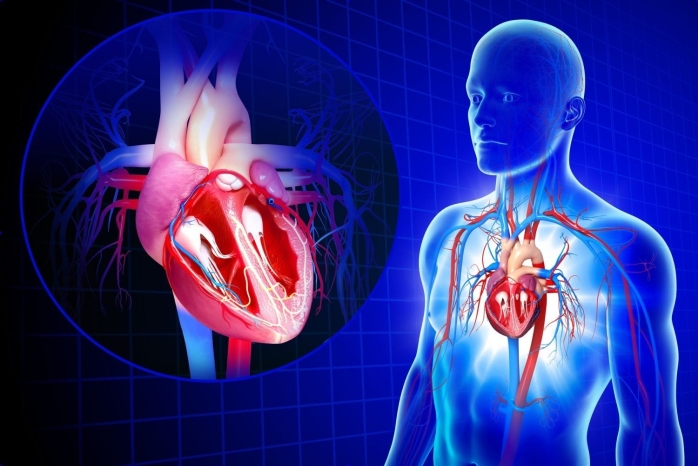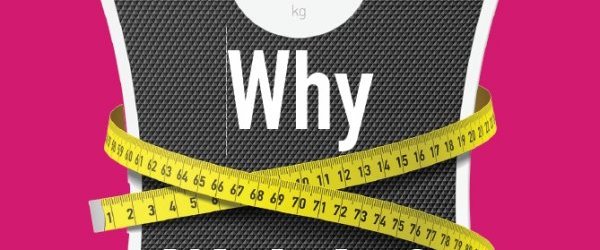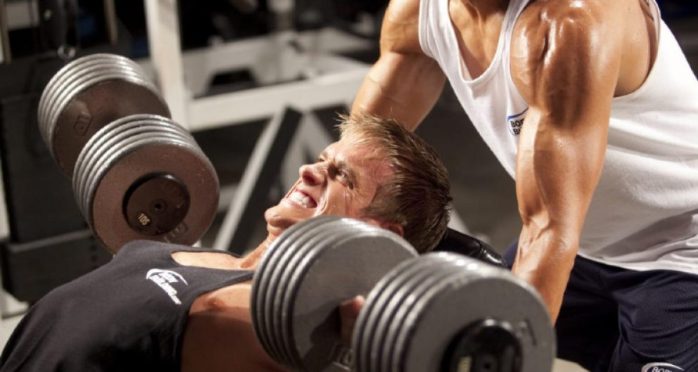The current economic reports show that home fitness products are a booming business and this is reflected in the many new home exercise products flooding the market. Exercising at home is convenient and even 63% of people who belong to fitness clubs also use home equipment.
Perhaps you are considering setting up a home workout areas in your home. There is a wide selection of equipment out there, some excellent and some very poorly made. Home fitness equipment can be one of the most enjoyable purchases you will every make, or it can be an unused dust collector. Exercise equipment is a major investment that should be researched and planned to make sure you get the best value.
Try to buy your exercise equipment from a specialty fitness retailer or exercise equipment dealer, not a department store or general sporting goods store. Fitness equipment stores are more likely to have sales staff who understand exercise and can answer questions and demonstrate the proper use of equipment. Equipment stores will also offer the home versions of brand equipment found in fitness clubs, which is better quality than department store brands. Also, in an exercise based store, the equipment will be displayed on the floor, not on shelves, making it easier to try out the equipment.
An additional suggestion for individuals who like to look for great prices with online shopping: Go try out the exercise equipment first, decide what you like, and then hunt for that great price online.
Many people face a challenge when deciding which fitness product is the right one for them. Because there is so much exercise equipment on the market you need to assess your priorities. Personal home fitness areas should include a cardiovascular and a strength component. The specific pieces chosen must be based on the anatomy, interests, and fitness level of the user.
In general you should know the following about yourself and each machine you examine before your buy:
- Your fitness needs
- Your budget
- Your available space
- The product features, including safety
- Warranty and serviceability
- The comparison with similar products.
What fitness activities do you enjoy?
What are your fitness goals?
Who else will use the equipment?
The equipment you buy should be compatible with activities you and other users enjoy and the level of fitness you want to achieve.
How much space is available? Is it a separate room or shared space. Measure the size of the exercise area, including ceiling height, before you shop for equipment.
Choose exercise equipment that will fit in the space your home can provide, so that your workouts will be safe and effective.
When preparing to make an exercise equipment purchase, take the time to try out a variety of pieces, ask a lot of questions, expect correct answers, and choose the machine that suits you best. Dress comfortably in loose clothes and sneakers so you can really use the equipment. Try the equipment out – play with it. Make sure you understand how to use it and what it will and won’t do before deciding on a purchase. Compare different models of the item. Assess the fit, feel and features of the equipment. Always try it out before you buy it. This is the big advantage to the exercise equipment specialty store over the department stores. If the store won’t let you try out the machines for as long as you need to, go somewhere else.
With cardiovascular equipment, test it for the kind of resistance it provides. Resistance is built into the equipment to make exercise harder or easier. Belts, chains, wind resistance, hydraulic pistons, and computers are the most common forms of resistance, and each kind has a different feel. Try out several kinds to see which you like best.
When testing exercise equipment check it for smooth movement, comfort, stability, safety, and funny noises or vibrations. The machine should not wiggle, sway or rock when used. Make sure that the bodily movements are correct and safe. Check to see if the equipment is adjustable, comfortable, easy to learn and designed in a user friendly way. Find out if advertising claims are backed up by research or objective consumer publications. Select equipment that enhances user safety, and avoid any piece with obvious flaws or weaknesses that increase the chances of injury
When deciding if a piece of exercise equipment is a good price, consider what may involve a lower pricing. Is it manufactured off shore or domestic? Are the components cheaper with a less rigorous design and assembly, or is it better engineering that allows less costly assembly. For the higher priced products, are the features better, providing longer durability, better performance, and less service? What is the warranty and can it be repaired locally?
Here is some information about the most common types of cardiovascular equipment:
Treadmills are the most popular piece of aerobic equipment for the home exerciser. Treadmills take the aerobic conditioning of walking, jogging, or running activities indoors, providing a safe place to exercise and avoid bad weather and pollution. Look for a treadmill with smooth action, a steady pace, monitoring systems, and incline settings. Make sure the treadmill is motorized, not manual. Check out any electronic display, emergency stop, railings, side runners, and elevation adjustment. Quality models range from $1500 and up. Make sure any treadmill you consider is built to withstand a load many times your body weight and that local customer service is available.
Elliptical trainers offer a comfortable, non-impact exercise activity that almost anyone can do. The movement is horizontally oval. You can adjust the intensity or keep the movement easy for the very sedentary. It is currently popular second to the treadmill.
Stationary bikes are widely used home exercise equipment. They offer a non-impact cardiovascular workout and are great for the overweight or sedentary person just starting to exercise. The legs and hips are the major muscles used. When riding it, a good stationary bike should perform smoothly and feel solid. Many bikes come with monitors that record elapsed time, speed, distance covered, a calorie counter, and pulse meter. A basic, high quality exercise bike costs $500-1000, while the electronic or computer controlled bikes cost from $1200 – 4000.
Recumbent cycles have their pedals in front, rather than underneath the rider. They have some advantages over conventional exercise bikes with a chair-style seat that gives a lot of back support and minimizes the stress on the knees. Recumbent cycles work the buttocks and upper hamstrings, as well as the abdominal muscles.
Step machines were very popular in the past and exercisers who enjoy intense workouts still like them. Steppers give a good workout aerobically, strengthen and build the lower body muscles, and are low impact. The step machine works the buttocks more than other machines. It must be used properly or back injury could result. You must have the strength and stamina to stand upright while climbing because bending and leaning on the railing causes undue stress on the back
Cross country ski machines can provide a full body workout for cardiovascular and muscle endurance, however, they are the hardest machine to learn to use. They use nearly all the major muscles in the arms, legs, abdominal muscles, chest and shoulders, and can give an intense workout. These take some practice to use well and are best for people who already exercise and want a challenge. The model you choose should feel smooth with a gliding motion.
People with limited spaces may like owning a rower, because it can fold and be stored in a corner. It uses the upper and lower body, and is an aerobic exercise, not a muscle builder. It is important to learn proper form and technique to avoid back strain.
Many people want to supplement their home aerobic fitness equipment with resistance equipment, so that they can get a balanced fitness program. Careful selection of the right equipment will help make exercise successful. There are more than a few types of home resistance equipment on the market. The two most widely recognized kinds of weight equipment are home gyms or multi-stations and free weights. Free weights require greater instruction and supervision for proper use, and are more likely to cause injury. The multi-station machines with captured weight stacks are easier to learn and safer to use.
An exerciser who enjoys working with free weights can purchase an adjustable weight set for under $150, and a good stable adjustable bench can be had for under $300. The inexpensive home benches with lots of extras may not be good buys due to lack of quality construction.
Home gyms or multi-stations are a major purchase, and the quality of the machine has a direct correlation to its durability. A quality unit with a single weight stack and no cable changes needed between exercises costs between $1000 and $2000. Top brands look and feel like quality units, with clean welds, smooth movement, and tight upholstery. These weight stack machines are nearly maintenance free.
The multi-function home strength units with lots of parts and low prices often require bothersome changes of the pieces between exercises. Many cheap machines are anatomically incorrect and can cause injury.
Just as with cardiovascular equipment, take the time to try out various weight training equipment before you purchase it. Spend enough time trying the piece to know if you would really be comfortable and enjoy using the equipment before you buy it.
Once you have made your purchases, protect your investment and follow the manufacturers’ maintenance suggestions. Remember that the most important consideration in buying exercise equipment is your personal preference. The quality of your commitment to training will provide the best results and you must enjoy the equipment you buy enough to use it regularly.
*****************************
SELECTING FITNESS SHOES
- Get new shoes regularly. If you exercise daily, you may need new ones every 3-6 months.
- Go to a good store with knowledgeable salespeople.
- Shop at the end of the day, foot size increases throughout the day.
- Try on shoes wearing socks.
- Use socks that fit properly.
- Focus on features you need.
- Always measure both feet.
- Buy shoes made for the activity you will be performing.
- Buy shoes fit for the arch of your foot.
- Lace shoes properly while trying them on.
- There should be @ � inch between your longest toe and the end of the shoe.
- Width of the shoe should match the widest part of the foot.
- Shoe should be snug, not tight.
- Try shoe on standing on a hard surface.
- Do not buy the cheapest shoe; you get what you pay for.
- There is no “break in” period; a proper shoe will fit well the first day.
Before you buy, try to bend it. The shoe should bend where the foot bends; at the ball. If it bends at mid-foot it will offer little support. It shouldn’t bend too easily or be too stiff. Also, hold the heel and try to move the rigid section at the back of the shoe; it should not move from side to side.
